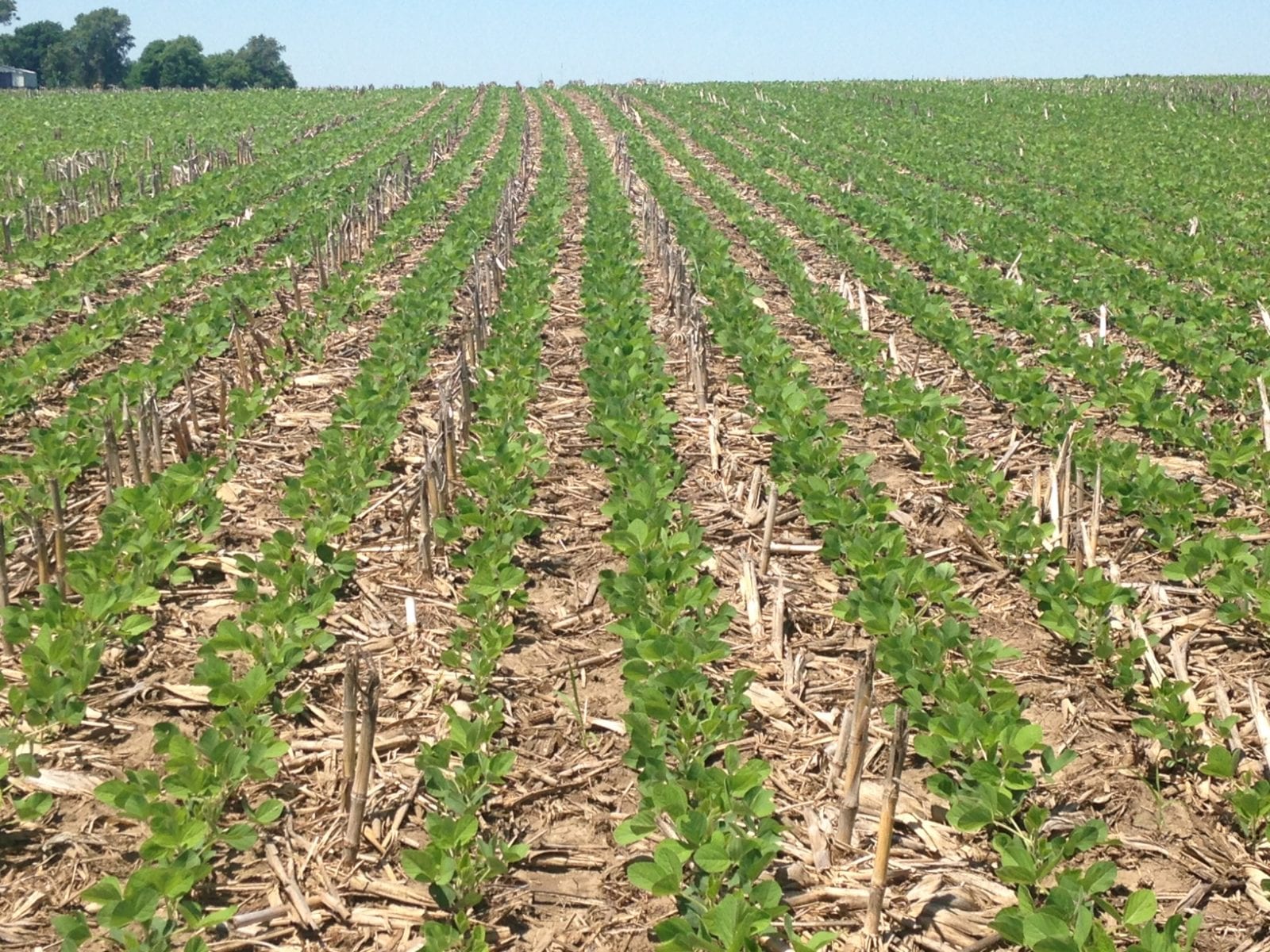Even amid all the rainfall that many U.S. soybean farmers have seen this summer, a bright ray of sunshine remains on the horizon. That ray is the international market for their product, which is as strong as ever. A major reason for that sunshine is the collective sustainability effort of U.S. farmers.

When a farmer in Iowa makes fewer trips across his field because of precision equipment, he’s doing more than just saving himself money. He is also emitting fewer greenhouse gases from that equipment, something that is very important to international soybean customers.
When that same farmer can eliminate pesticide use entirely, because he plants Bt corn and soybeans on his farm, those customers get even more interested in his practices.

United Soybean Board farmer-leader Larry Marek, from Iowa, recently traveled to southern Europe for a series of presentations to soybean customers about the U.S. Soybean Sustainability Assurance Protocol (SSAP).
After speaking with representatives from the livestock feed industries in Italy, Romania and Spain, he returned home optimistic about how his audiences received his message about the SSAP and the sustainability practices used by U.S. soybean farmers.
“Part of my presentation to European soy customers was to explain what we do, conservation- and sustainability-wise, on our farms here in the U.S.,” says Marek. “We are able to make fewer trips across our fields, spray far less pesticides and generally reduce greenhouse-gas emissions – all things they wanted to hear.”

Marek has been an enthusiastic advocate of the SSAP since its introduction.
“Sustainability has many different definitions to many different people around the world,” he says. “This protocol was developed to match our practices to what our customers want to know about.”
He was pleased to watch his audience respond and acknowledge the commitment that soybean farmers have to sustainability.
“I was impressed that there were no questions for extra details,” says Marek. “They listened to everything I had to say about the protocol, and they seemed to accept that we are sustainable.”
One question he often hears from European soybean customers in particular concerns pesticides.
“I often get asked if pesticide use has gone up,” he says. “I tell them ‘no, I haven’t sprayed pesticides since 1997.’ The Bt trait in my corn crops takes care of the problem that we used to have in our part of Iowa with the corn borer.”
For Marek, this is the essence of sustainability—improved production methods and increased yields, all while reducing greenhouse gas emissions, inputs and his impact on the environment.
Marek remains an advocate of the SSAP, and he emphasized that to his audiences in Europe. By positioning U.S. soybean farmers as sustainable, the SSAP could help them continue to find markets and supply oil and meal to customers across the world.
Marek notes that the SSAP doesn’t require farmers to do anything new. Since they are already sustainable, participating in conservation programs and adopting practices like no-till, they only need to continue being good stewards of the land. In addition, he advises them to talk about their sustainability efforts and be proud of them.
Those customers have made it clear that they want sustainable soy, and the SSAP provides the perfect mechanism to convey that sustainability.
“Our international customers like the SSAP,” says Marek. “And that means that U.S. soybean farmers should like the SSAP as well, since it helps us with stability in the form of continued access to world markets.”
